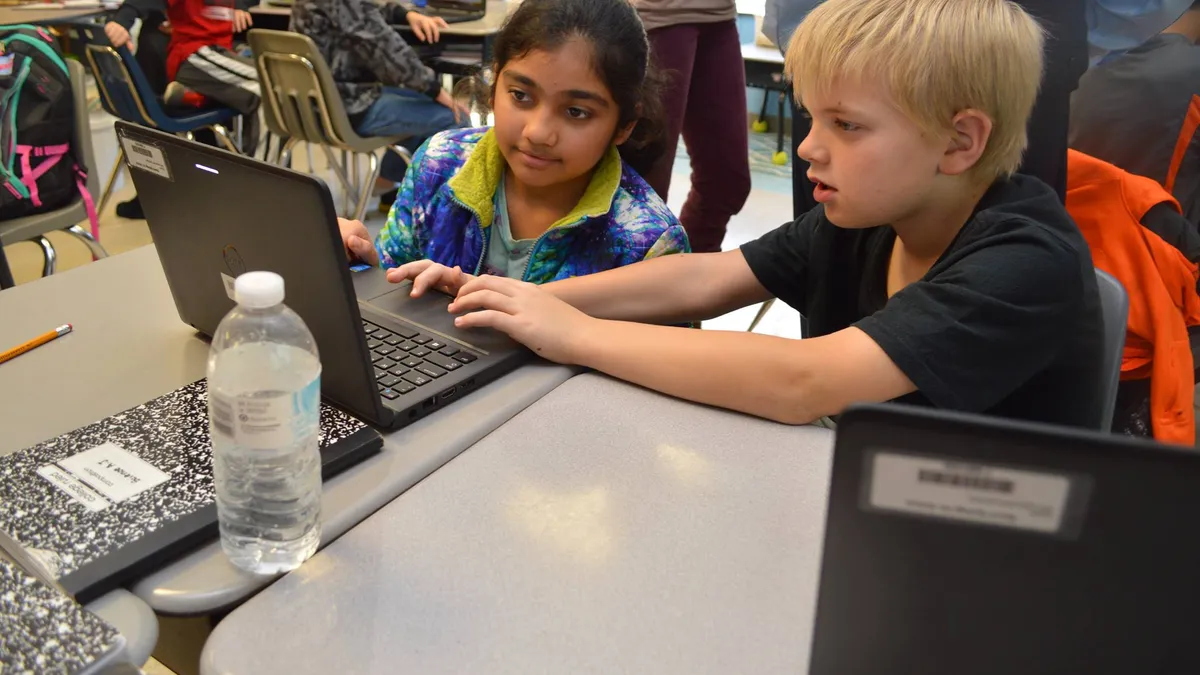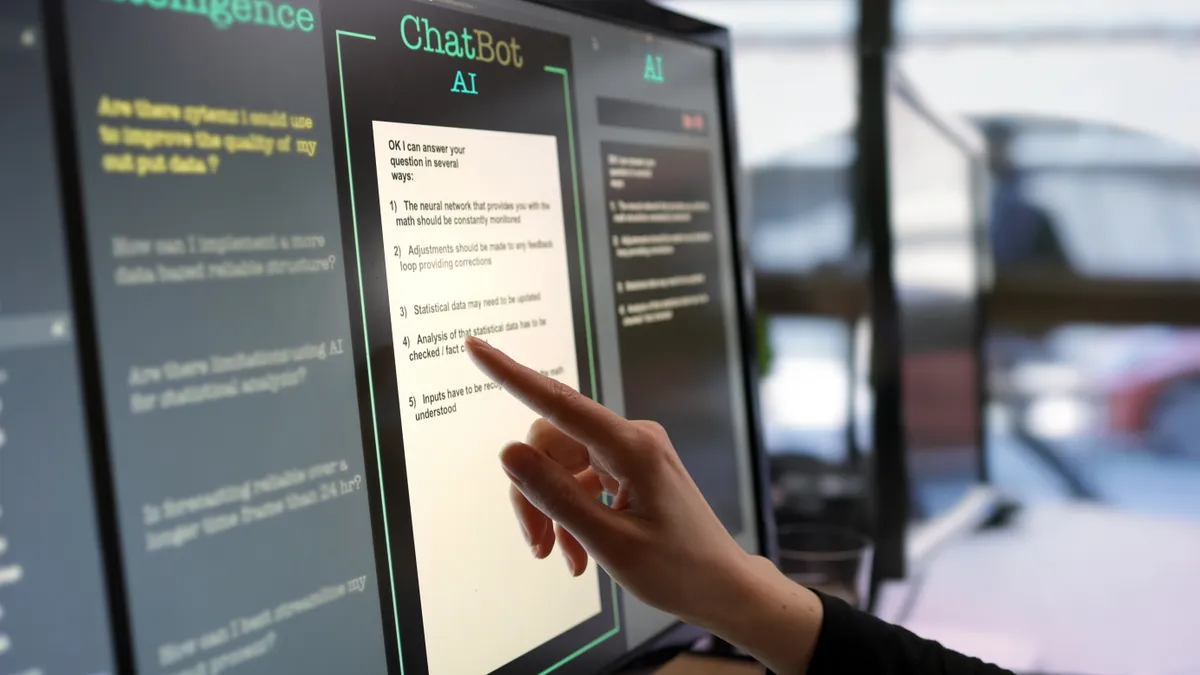When a student in the District 5 Schools of Spartanburg County in South Carolina couldn’t make it to class last year but she didn’t want to miss out on group work, her peers included her via Google Hangout. This year, some students are planning a field trip to the international space station and others recently Skyped with an author in Europe whose book they read for class.
Teachers are increasingly looking for opportunities to connect their students to far-flung people and places through the web, in part because of a 1:1 device rollout and its accompanying change in educational philosophy.
“We developed a whole new model this year for professional development,” said Jeff Rogers, chief technology officer for the district. “We allowed our teachers choice in what area they would work on to grow, professionally and then we embedded the technology piece in all of those different areas.”
Reaching classrooms
Teachers are learning from their colleagues who have taken on training responsibilities. They are learning in after-school workshops, summer camps and school-based cohorts. Teachers in model classrooms are getting targeted professional development from Dell on project-based learning and teachers across the district are invited to observe in their classrooms.
Strategically, district administrators did not force rapid tech adoption among their teaching ranks. In the first year of the device rollout, teachers applied for between eight and 15 Dell laptops for their classrooms, explaining how they planned to use them and what prior experience they would bring to the challenge. These early adopters paved the way for their colleagues to embrace tested techniques at a slower pace.
Strong, positive feedback from a pilot last year in which fifth graders were allowed to take their laptops home contributed to a speed-up in the rollout plan. Now, all classrooms from third through eighth grade have 1:1 laptops and high schools will be at the same level next year.
Amanda Dobson, director for instructional technology, said the district’s classrooms defy one of the misconceptions about 1:1 initiatives. Classrooms in which every student has a laptop, she said, do not look like computer labs where each student is independently working on his or her own device.
“We’re finding our students are using them to work in groups and do research and produce authentic materials,” Dobson said. “Kids are up talking, working together.”
Laying the groundwork
The work for the 1:1 initiative began during the 2013-14 school year, but the district was not ready to purchase devices. It first had to get its infrastructure in place. For a year and a half, the district added access points and bandwidth, ensuring its network could handle the increased activity that would come when every student had a laptop.
During the 2014-15 school year, all classrooms had at least eight devices, giving teachers a chance to try out new activities without the pressure of a full 1:1 program. And last year, a 1:1 pilot in one school brought initially skeptical parents on board. They provided positive feedback about the types of projects students were doing with their laptops and the materials they were producing.
The participating school represented a good cross-section of the district as a whole, demographically, and it gave administrators an idea of what to expect from the scaled initiative.
“The pilot was a way for us to dip our toes in the water before we jump full force in,” said Melissa Robinette, director of public relations. “That was very strategic on our part. We felt that would be a way to ease into this and see how successful it could be.”
Spartanburg chose laptops over Chromebooks or iPads, for example, because administrators and teachers wanted students to be able to practice on real keyboards and have access to the same software available on school computers. Because many students in the district do not have internet access at home, administrators felt it was important to have offline functionality, which, for their purposes, ruled out Chromebooks.
Now teachers give students time to download any content they’ll need for homework before the end of the school day and the district’s two Title I schools are piloting a program that sends internet hotspots home with students so they can get online even if they otherwise don’t have access.
What's next?
Looking ahead, Rogers says a key challenge is continuing to get teachers on board with more professional development.
“Everybody is on a continuum,” Rogers said. “The model classroom teachers are definitely ahead of everybody, but we just want everybody to grow. … We want to just be constantly moving.”






 Dive Awards
Dive Awards















